Menu
Menu

If a high content level of Calcium, Magnesium, and other alkaline minerals are present in water, then the water is considered hard. These chalk-like minerals cause scale build up in your plumbing and fixtures. Hard water can also cause clogging in your household appliances, potentially causing them to lose 30% to 50% of their projected lifespan.
When water is hard, the minerals also act as a soap/cleaning solution inhibitor, preventing you from forming up a lather to effectively wash clothes, dishes, etc. This is where the term “hardness” comes from. Hard water can require 2x-3x more cleaning solutions to get an effective wash than cleaning with soft water.
Hardness in water is usually expressed in the amount of grains present in a gallon of water. Soft water is defined by American National Standards NSF/ANSI Standard 44 as water containing <1 grain of hardness per gallon. If the amount of grains is anywhere between 3.5 and 7 then your water is slightly hard. Anything over 7 grains is classified as hard water. Below are some of the negative impacts that even low hardness levels can have on a home.
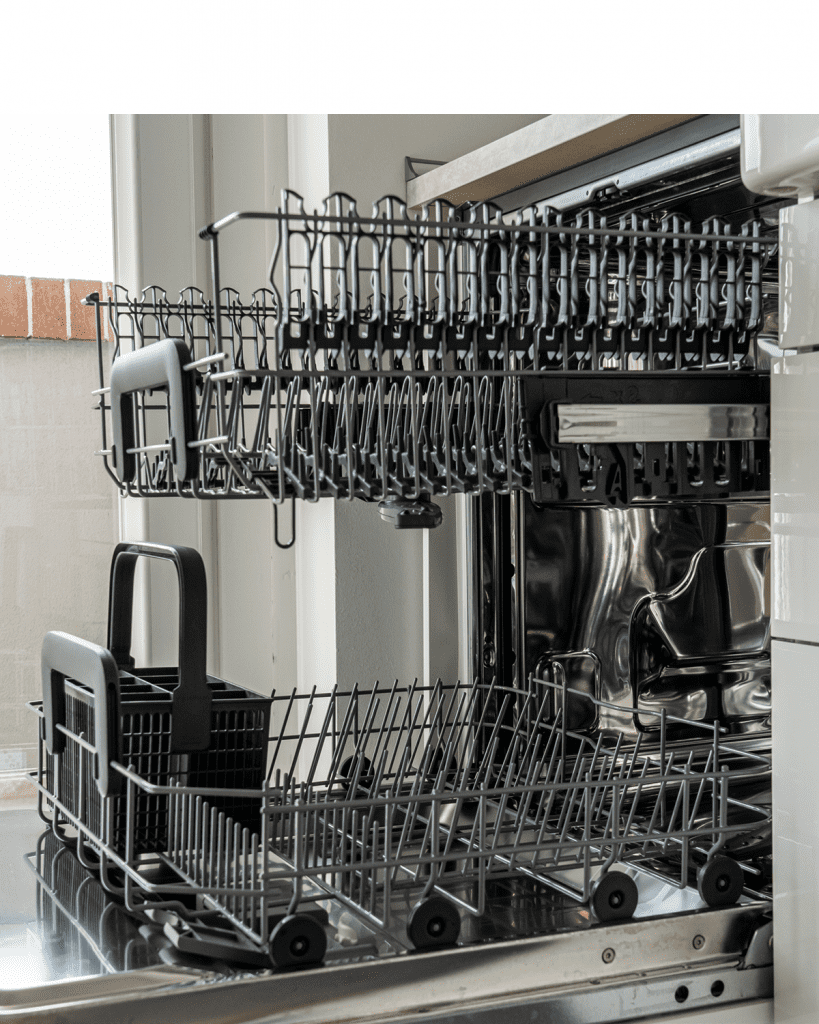
Shorten Appliance Lifespan
Scale build up in sinks, tubs, faucets, dishwashers, washing machines, and other appliances will lead to early malfunction, repeated maintenance calls, and costly replacements.
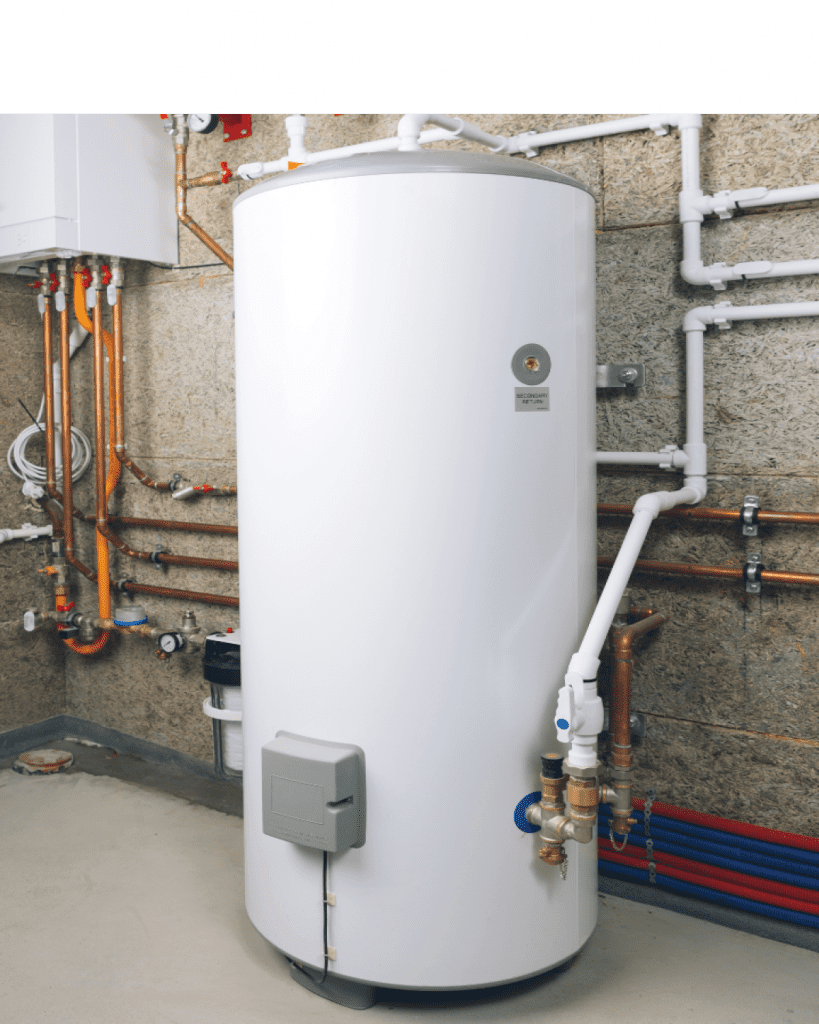
High Energy Bills
Scale build-up creates a layer of insulation inside water heaters that drastically decreases its efficiency, requiring more energy to achieve proper heating.

Damage to Hair and Skin
Hardness prevents a thorough rinse causing residue buildup making hair feel straw-like, dull, and weak. Hardness absorbs the skin’s natural moisture causing dryness, irritation, and breakouts.
Low Water Pressure
Hard water passing through pipes and plumbing will, over time, accumulate into mineral deposits that will restrict the flow of water causing water pressure to drop.
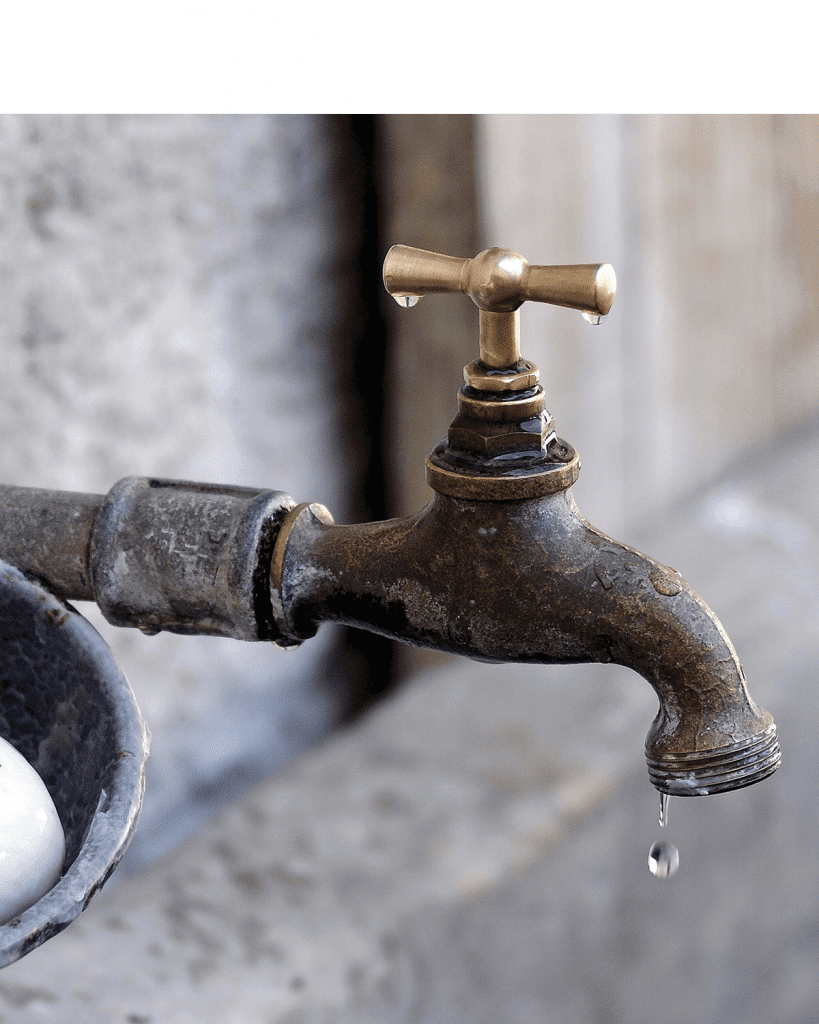
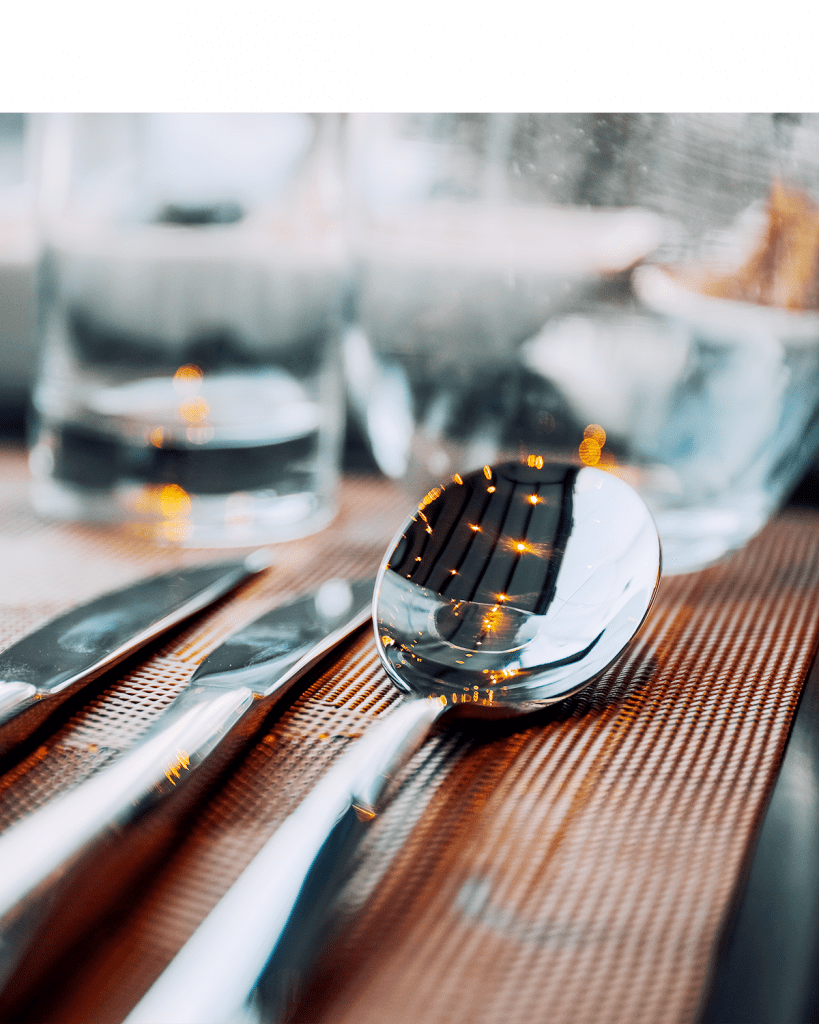
Flatware and Glassware Staining
The chalk-like mineral build-up of hard water will cause white, hazy stains upon on surfaces upon drying. These stains can’t be removed with more hard water.
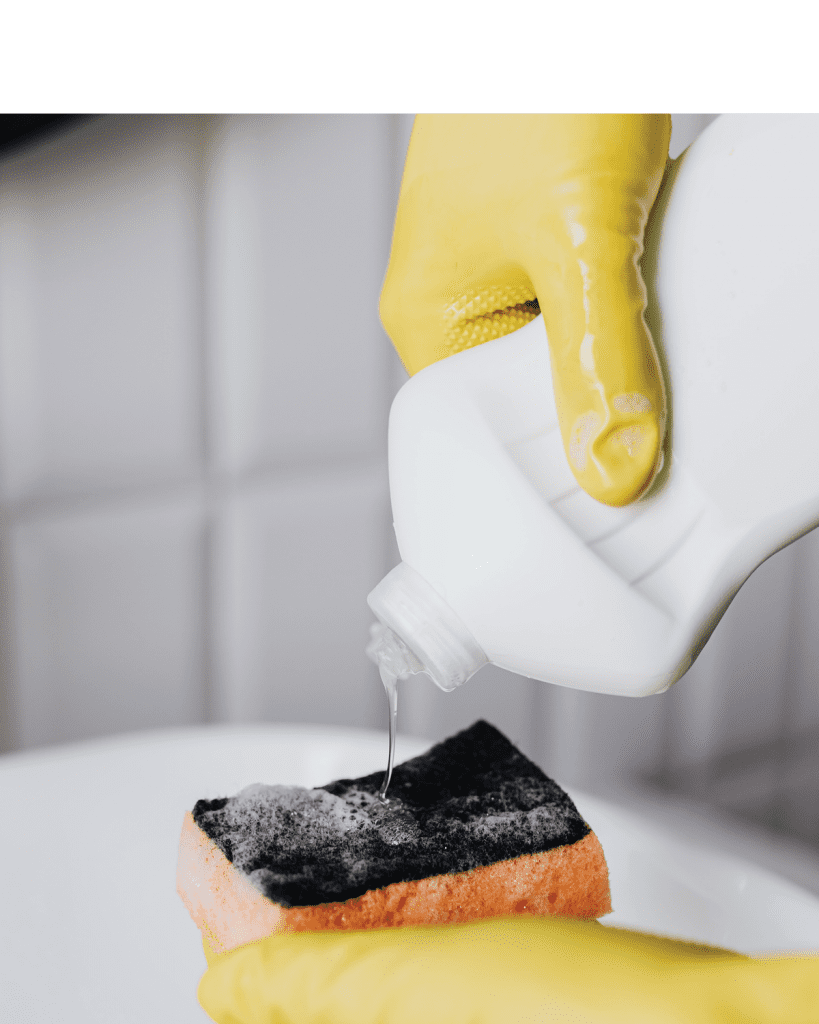
Increase Cleaning Solution Use
More soap, shampoo, detergents, and laundry additives are needed to be effective as hard water prevents cleaning solutions from forming a lather.
For more information on the perceptible issues of hardness, see the official link from the Water Quality Association.
Salt Water Softener System
For Whole House Water Treatment
Clean Stream Water’s high efficiency whole house salt water softeners have consistently proven to be our most effective treatment for hard water in homes, commercial, and agricultural applications for over 30 years.
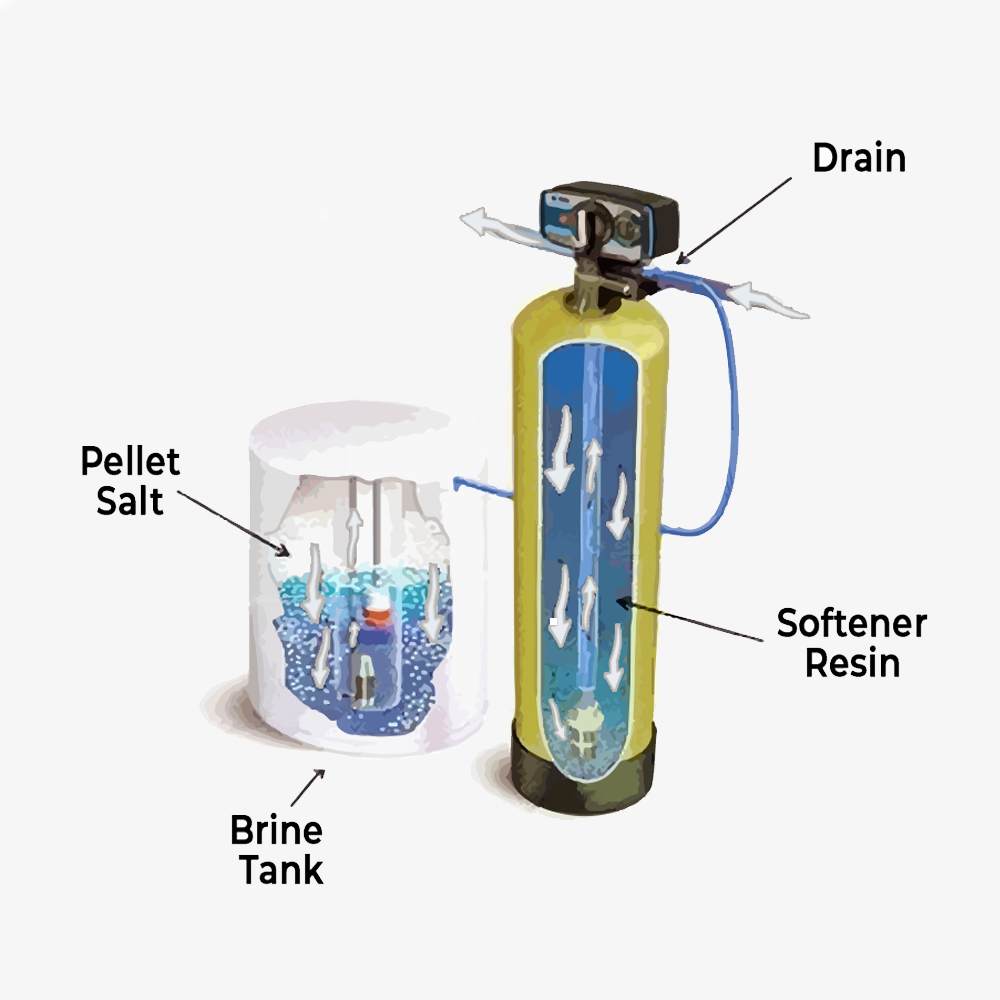
The main body of our water softeners is a mineral tank filled with resin beads. As hard water flows into the control valve’s inlet, it is then channeled down through the tank’s resin beads. These resin beads are saturated with positively charge sodium cations.
Due to ionic exchange, the resin beads act as a magnet attracting the calcium & magnesium out of the water exchanging them for the sodium ions, delivering clean, spot-free soft water through the control valve’s outlet.
Eventually the resin beads become saturated with accumulated minerals. That is when the control valve fills the tank with a strong brine solution, which is stored in a separate brine tank. The sodium from the brine thank flushes the saturated resin tank, cleaning it of calcium and magnesium ions and recharges the resin with sodium ions.
The control valve lets fresh water into the mineral tank to flush the brine carrying the magnesium and calcium minerals out the drain. The resin beads are regenerated and ready to be used again.
The electronic control valve at the top of the tank(s) “keeps track” of the gallons that it treats and uses. When it reaches a programmed number, it will automatically put itself through a 1½ hour regeneration process.
This process happens between 12-2 am on a single-tank control valve or at any time of the day on a twin-tank control valve.
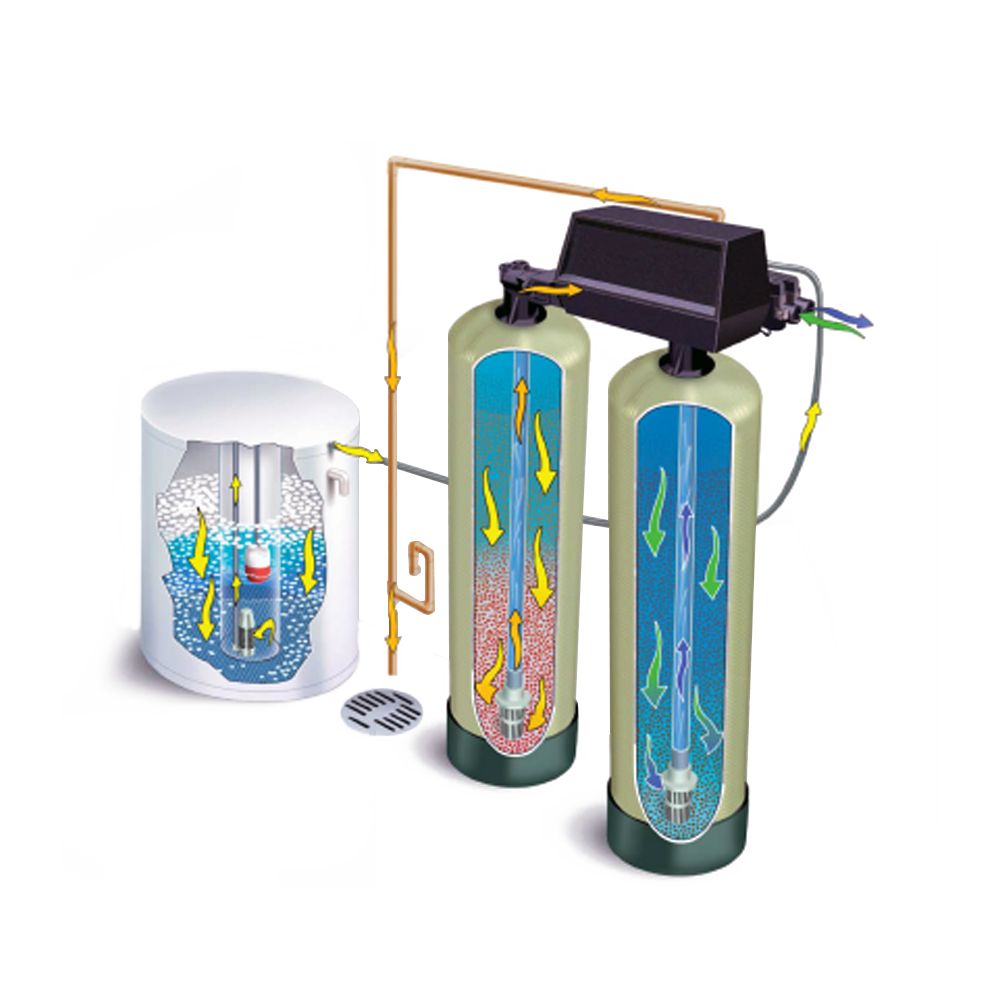
What about salt-free conditioners?
Traditional no-salt conditioners change the composition of hard water minerals to prevent scale built up. However, this method will not actually reduce the mineral content in the water since no-salt conditioners lack drain expulsion. These units are merely scale inhibitors. The water will feel hard because it still is hard. It might not build up in the pipes but hardness in the water will still be seen when water evaporates.
Input your search keywords and press Enter.